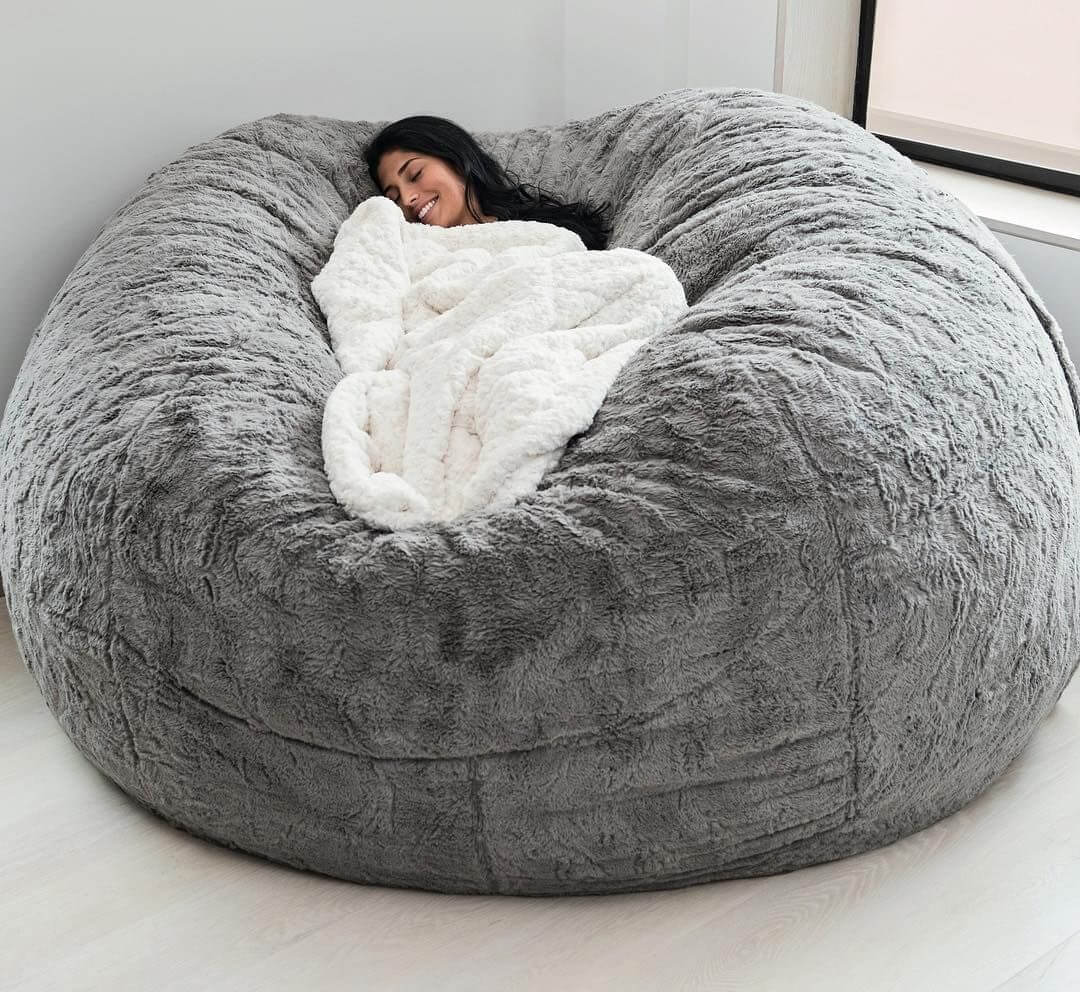Bean Bag Chair Shapes

The bean bag chair, a symbol of comfort and relaxation, has evolved significantly over the years. From its humble beginnings as a simple, bean-filled sack, the bean bag chair has transformed into a versatile piece of furniture with a variety of shapes and designs. This evolution has been driven by a combination of factors, including technological advancements, changing aesthetics, and the desire for greater functionality.
Bean Bag Chair Shapes: A Historical Perspective
The earliest bean bag chairs were simple sacks filled with beans or other similar materials. These early versions were often bulky and lacked the comfort and support that we associate with modern bean bag chairs. However, the introduction of new materials, such as polystyrene beads, led to the development of lighter, more comfortable bean bag chairs. These advancements, combined with the growing popularity of casual furniture, spurred the development of a wide range of shapes and designs.
Factors Influencing Bean Bag Chair Design
Several factors have influenced the design of bean bag chairs, including:
- Comfort and Support: Bean bag chairs are designed to provide comfort and support. The shape of the chair plays a crucial role in achieving this. For example, the classic pear shape provides excellent back support, while the teardrop shape is ideal for lounging.
- Aesthetics: Bean bag chairs have become a statement piece in many homes. Their unique shapes and designs add a touch of whimsy and personality to any room. Manufacturers have responded to this demand by introducing a variety of colors, patterns, and fabrics.
- Functionality: Bean bag chairs are not just for relaxing. Some shapes, such as the cube and saucer, are designed to be more versatile, offering multiple seating options. These shapes can be used as ottomans, footrests, or even as extra seating for guests.
- Materials: The materials used to make bean bag chairs have evolved significantly. Early bean bag chairs were often made from leather or canvas. Today, a wide range of fabrics, including microfiber, velvet, and even faux fur, are used.
Popular Bean Bag Chair Shapes
Bean bag chairs come in a variety of shapes, each offering unique benefits. Here’s a table showcasing some of the most popular shapes and their characteristics:
| Shape | Characteristics | Advantages |
|---|---|---|
| Classic Pear | Rounded base with a high back and armrests. | Provides excellent back support, ideal for reading or watching TV. |
| Teardrop | Similar to the pear shape but with a more elongated back. | Offers excellent lumbar support, perfect for lounging. |
| Cube | Square-shaped with a firm, supportive base. | Versatile, can be used as an ottoman, footrest, or extra seating. |
| Saucer | Flat, circular shape with a low profile. | Ideal for floor seating, can be used as a footrest or as a platform for games. |
Bean bag chair shapes – Bean bag chairs, known for their adaptable shapes, offer a unique comfort experience. While bean bag chairs are typically associated with indoor relaxation, a similar concept of comfort and portability can be found in outdoor seating options like the oniva portable reclining beach chair.
This chair, designed for both comfort and portability, embodies the same principle of adapting to the user’s body shape and providing a relaxing experience, just like a bean bag chair, but in a more structured and outdoor-friendly form.
Bean bag chairs offer a variety of shapes, from classic pear-shaped designs to more modern, geometric forms. While these chairs are known for their comfort and adaptability, they may not be the ideal choice for a relaxing read on the beach.
For that, a dedicated book reading beach chair provides the perfect blend of support and portability, allowing you to fully immerse yourself in your story. Regardless of your preferred seating style, the key is to find a comfortable spot that allows you to enjoy your reading experience to the fullest.
